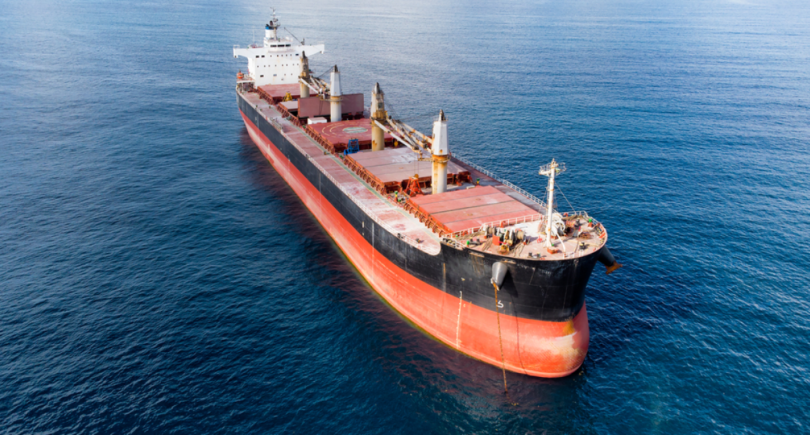
Opinions Infrastructure cargo transportation 587 10 November 2023
Ukraine and Europe need tools for joint long-term logistics planning
The strike of Polish freight carriers blocking the border with Ukraine is caused by a number of prerequisites. The main one is the unpredictability of our cargo flows, and, in fact, the “wild” Ukrainian market, which was manifested by «price slides» and disorderly investments by domestic businesses in the truck fleet in 2022-2023. Now these vehicles are in surplus and are replacing Polish trucks in Europe, which are forced to stand in queues.
Naturally, the border’s capacity did not correspond to the cargo flow, which increased many times over with the outbreak of a full-scale war. This has led to queues in which both Ukrainian and Polish freight transport are idle. Downtime consumes two-thirds of the voyage time and leads to a decrease in efficiency, as a unit of transport carries less cargo. The shortage of rolling stock (which is tied up in queues) has led to an increase in demand and prices for logistics services.
Last year, Ukrainian businesses saw great commercial prospects in purchasing new vehicles, as the price trend for logistics services made it possible to predict its payback in 1.5-2 years. By the way, one of the drivers of this trend was the rise in rail logistics prices in 2022. As a former owner of the largest motor carrier in Zaporizhzhia region, I can responsibly state that the cost of truck services always correlates with the cost of railroad services. So when prices on the railroad, which transports 70% of cargo, «flew off into space,» it is natural that the prices for road transport services, which transports 20% of cargo, also increased.
According to the industry union, the Automotive Market Research Institute, Ukrainians purchased 20,542 units of trucks weighing more than 3.5 tons in 9 months of 2023. This is 37% more than in the same period in 2022. At the same time, the semi-trailer market reached a historic high. It is worth emphasizing that the majority of this fleet was made up of used vehicles.
What happened next? The number of vehicles increased, but now they are left without cargo because global grain prices, for which they were mainly purchased, do not allow them to travel at all. Therefore, the surplus Ukrainian fleet is now leaking to Europe, where road carriers are looking for work with other cargoes and, among other things, are replacing the Polish vehicles that are now in our queues.
That is why I would absolutely support one of the Polish carriers’ demands – to provide a separate queue for cars with EU license plates in the Ukrainian “E-queue” system. They should not stand idle because of our queues and should have the conditions to transport goods without unnecessary delays.
I consider the demands to return the permit system to Ukrainian carriers to be quite adequate. It is difficult for Poles to compete in the same market with Ukrainians, because the difference in costs (salaries, taxes, environmental requirements) is not in their favor, so we can enter their cargo base with a different price.
At the same time, it is unfair to demand that the number of commercial transportation permits be limited to the level before the war. Ukrainians are not traveling to you and past you en masse because we want to, but because of the situation we are in, the war. It would be unfair to forcefully share this forcedly increased cargo flow with Polish and, in general, European carriers.
If we are going to integrate into Europe, we have to demonstrate that we are open and willing to work according to their principles and values. And this is exactly what they want from us, which is what the requirement for the Shlyakh system is based on.
This crisis is another argument for both Ukraine and Europe that we need tools for joint long-term logistics planning. After all, you can fight the queue, but it is much better to make sure that it does not arise. For this purpose, we need a Single Transportation Planning Center. It would facilitate the exchange and analysis of infrastructure data with data on production and trade plans, and facilitate the precise execution of all logistics operations (loading, customs operations, border crossing). In addition, it would eliminate congestion at border crossings and create the prerequisites for a healthy balance between the number of vehicles and the amount of cargo.





